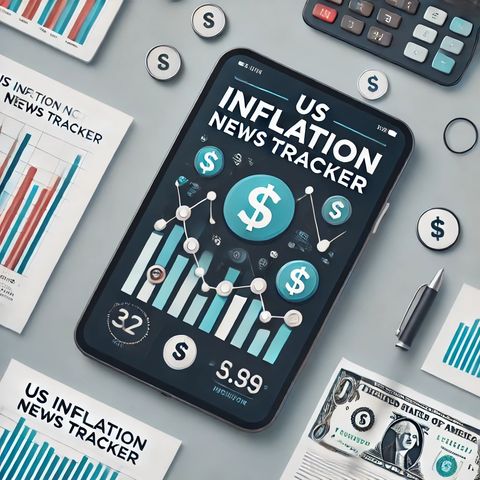Healthcare Sector Soars: Nursing Homes Lead Charge with Steep Rate Hikes

Download and listen anywhere
Download your favorite episodes and enjoy them, wherever you are! Sign up or log in now to access offline listening.
Healthcare Sector Soars: Nursing Homes Lead Charge with Steep Rate Hikes
This is an automatically generated transcript. Please note that complete accuracy is not guaranteed.
Description
In recent economic developments, the healthcare sector is experiencing significant rate hikes, surpassing the overall inflation rate, with nursing homes at the forefront of this trend. This phenomenon reflects broader...
show moreNursing homes have seen particularly steep increases in their rates, a move driven by a confluence of factors. One of the primary reasons for these hikes is the rising cost of operational expenses, which include staffing, utilities, and insurance. The healthcare industry, heavily reliant on skilled labor, has been grappling with labor shortages exacerbated by the COVID-19 pandemic. As nursing homes compete to attract qualified caregivers, they've been forced to raise wages, directly contributing to higher service fees.
Compounding this issue, nursing homes have also had to invest significantly in improving their facilities and services to meet stringent health and safety regulations mandated in the wake of the pandemic. This includes bolstering infection control measures, upgrading ventilation systems, and ensuring adequate personal protective equipment supplies. These necessary enhancements have further contributed to rising operational costs, subsequently leading to increased rates.
Moreover, the demand for nursing home care continues to rise, driven by demographic shifts. An aging population means more individuals require long-term care services, putting additional pressure on existing facilities. Even as demand climbs, the sector faces the challenge of limited capacity, which has given operators more leeway to adjust their rates.
In comparison, the general inflation rate, encompassing all goods and services across the economy, has not kept pace with these targeted increases in healthcare costs. While inflation affects the prices of everyday consumer goods, the healthcare industry's rate hikes are subject to distinct pressures that are somewhat insulated from broader economic trends.
For consumers, these escalating costs present a significant financial burden. Nursing home care, often necessary for individuals with chronic health conditions, is becoming increasingly difficult to afford. Many families find themselves navigating complex financial landscapes, seeking government aid programs like Medicaid or private long-term care insurance to alleviate the expenses.
This trend is not isolated to nursing homes alone. Other healthcare providers are also adjusting their rates upwards, though not as sharply. Hospitals, outpatient clinics, and home care services are similarly affected by increased costs due to technological upgrades, administrative expenses, and regulatory compliance measures.
As healthcare rates continue to rise, the intersection of public policy and industry practice becomes increasingly important. Policymakers face the challenge of balancing the financial viability of healthcare providers with the accessibility and affordability of care for consumers. Solutions could involve increased government funding for long-term care facilities or reforms aimed at optimizing efficiency within the healthcare system.
The ripple effects of these rate increases are profound, illustrating a critical imbalance between economic growth indicators and sector-specific financial pressures. As nursing homes lead the charge with notable rate hikes, the healthcare industry stands at a crossroads, where the need for sustainable economic strategies becomes ever more urgent.
Information
| Author | QP-4 |
| Organization | William Corbin |
| Website | - |
| Tags |
Copyright 2024 - Spreaker Inc. an iHeartMedia Company

Comments